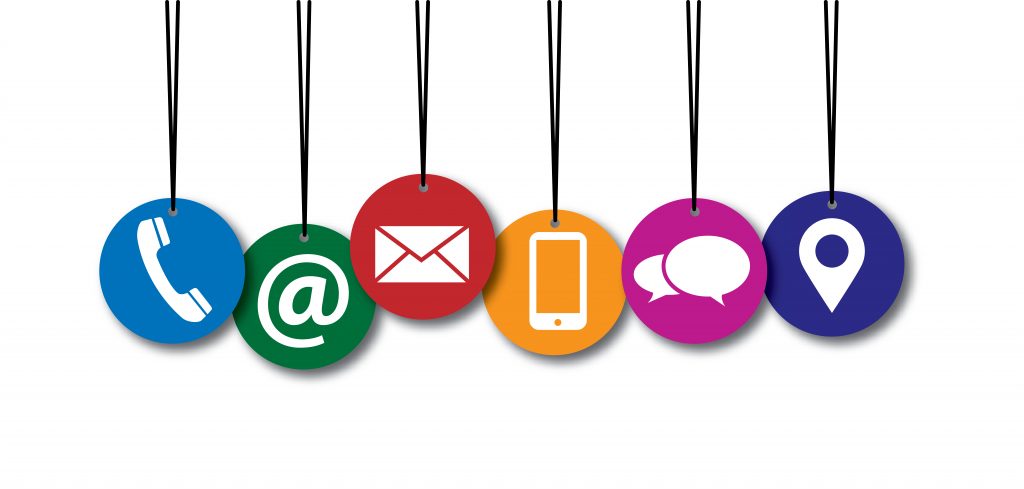
Effective communication in the insurance market helps build strong relationships. It also ensures customers fully understand both the products and the process. Nothing illustrates the effect of getting this wrong better than the business interruption insurance claims challenges during the current COVID-19 crisis. Quoted in IAG Chief criticises policy wording ‘in hindsight’, Insurance Australia Group chief executive Nick Hawkins admitted its business interruption policies were not clearly written, yet only a handful of insurance distributors take the opportunity to stand out positively with their communication strategy.
There are now numerous ways to ‘talk’ to your customers. These range from face-to-face conversations through to telephone, email, text messages, instant chat options, and written documents. Equally important to getting the method right is the content. All communication must be clear and unambiguous. Only by using the right kind of communication, with the right message at the right time for your client, will you build a strong relationship based on trust.
What are the barriers for insurers?
Insurers focus on making the sale. They are judged on the level of their gross written premiums and profitability which can make for short term strategies. In addition, they also often manage the business in product silos, so do not have a unified strategy across the whole business. This can mean a fragmented approach to communication.
So how should this change? In the first place, communication must always be relevant and useful for customers. These three strategic changes could trigger a huge improvement:
- Change from product to customer focus.
- Really understand your customer.
- Have the right technology in place to deliver the communication strategy appropriate for each customer.
So, although the barriers are not numerous, the road to change is not easy.
How to overcome the barriers for change?
Nothing worth doing is ever easy, but always pays dividends. Here are some ideas of how to make the strategic changes that will not only overcome the barriers, but also improve customer expereince:
Make sure the Organisation is focused on the customer
Most importantly, customers should be at the centre of every decision. This means aligning the Organisational structure of a company to the customer not the product. In this way, effective communication can be unified across the business. Content management can be centralised to ensure all written content in whatever format is clear, easy to understand, and unambiguous. In like manner, methods of communication can be standardised, ensuring consistency, and introducing economies of scale.
Understand your customer
A customer-centric organisational structure supports a centralised data approach. However, collating customer information is only the first step. Even more important is using the insight to really understand the person. What are their insurance needs? What is their budget? How can your product range help? How can you make sure they understand the product terms and conditions? What is their preferred method of communication? How can you maintain a relationship after the initial sale?
Analysing unique customer information will enable you to personalise messages and ensure they are useful and engaging. Keeping communication relevant and informative and in the preferred medium is crucial to building a long-lasting relationship.
The right technology
Lastly, you need the right technology in place. Insurance is still about personal relationships, and it is important to retain the personal element of the market. This should be supported by the right technology which must firstly allow you to analyse the data. It must then support a process that recognises the needs of the customer. Good communication doesn’t have to be expensive or time-consuming. Technology, tools, and automation can make it easy to keep customers feeling informed and connected.
Customers may want a conversation by phone, email, automated chat systems, text messages, or face to face. No one method can satisfy an entire customer base. This means that the chosen technology needs to support multiple communication channels that are all seamlessly integrated. Customers only want to say things once. The article, How Insurance Companies are Becoming Customer-Centric Through Emerging Technology, quotes a report from McKinsey & Company, the Global Management Consultants. According to the McKinsey research, nine out of ten insurers identified legacy software and infrastructure as barriers to digitisation.
The right technology is only one piece in the jigsaw of effective communication. However, in this age of heightened customer expectations, it is an essential piece.
The rewards of effective communication
There are tangible benefits for the companies that get this right. First and foremost, customers will understand and trust the products they are buying. With trust comes loyalty. According to E&Y, customers are willing to build long-term relationships with their providers. “However, insurers must improve the effectiveness of their communications, as well as recognise and reward the value of the relationships. That’s what will reduce churn rate and build the loyalty that insurers need today.”
An article from Forbes quotes that it can cost five times more to attract a new customer than to retain an existing one. Moreover, the experience of the recent Business Interruption test case proves the cost of not clarifying the terms of an insurance contract clearly at the outset.
These are just a couple of examples of the cost of getting it wrong. The figures speak for themselves. Quite simply, getting the communication right helps to build a strong relationship with your customer. This then leads to loyalty coupled with higher revenue growth.
Content has been prepared exclusively by Total Systems plc, a specialist provider of insurance systems developed for the digital insurance age.



